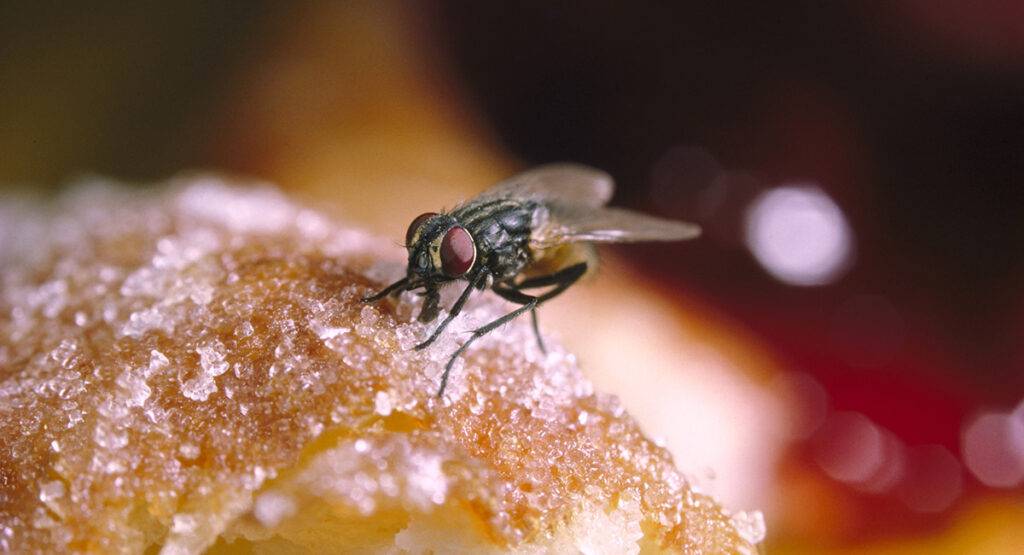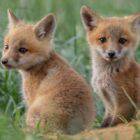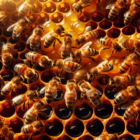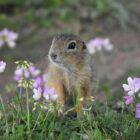Why do house flies regurgitate on food?

The house fly, a common and ubiquitous insect, is known for its habit of regurgitating on food. While this behavior might seem repulsive, it serves a vital purpose in their feeding habits.
The Digestive Journey Begins
To truly grasp the peculiar dining habits of house flies, we must embark on a microscopic exploration of their digestive intricacies. Unlike mammals with internal digestive systems neatly tucked away, house flies have a unique approach that begins the moment they alight on a potential meal.
At the heart of this digestive journey is the absence of a traditional stomach in house flies. Instead, they engage in a fascinating process of external digestion. When a house fly lands on a food source, it initiates a culinary alchemy, introducing us to the peculiar phenomenon of regurgitation.
As the fly probes its surroundings for sustenance, it simultaneously primes its specialized mouthparts for the impending feast. These mouthparts, devoid of the biting structures found in many insects, resemble a sponge—a vital tool for the fly’s distinctive feeding strategy.
Predigestion: A Fly’s Culinary Alchemy
As our microscopic protagonist lands on a potential food source, it unveils a fascinating culinary alchemy known as predigestion—a process that transforms the ordinary act of eating into a symphony of enzymes and saliva.
At the heart of this alchemical endeavor is the fly’s ingenious adaptation to a liquid diet. Lacking teeth for chewing, the fly relies on predigestion to break down the complex molecular structures of its food into a more manageable form. Imagine a chef meticulously preparing a pre-digestive marinade before indulging in a gastronomic adventure—this is the house fly’s culinary secret.
The regurgitated mixture, a concoction of saliva and digestive enzymes, becomes the alchemical potion that kickstarts the breakdown process. Enzymes, those molecular maestros, perform a choreography of molecular disassembly, targeting proteins and sugars in the food. This initial predigestive phase lays the foundation for a liquid feast that the house fly, equipped with a sponge-like mouth, is uniquely positioned to savor.
Sipping Nutrients Through a Spongy Straw
The mouthparts of a house fly, upon closer inspection, reveal a fascinating adaptation that sets them apart from many other creatures in the animal kingdom. Unlike mammals with teeth designed for chewing or proboscises for sucking, house flies possess a specialized mouth apparatus that resembles a sponge rather than a conventional feeding tool. This unique adaptation plays a pivotal role in the house fly’s culinary escapades.
Sponge-Like Mouthparts
The mouthparts of a house fly consist of two distinct regions: the labellum and the hypopharynx. The labellum, often referred to as the “sponge,” is a fleshy, membranous structure covered in tiny hairs. This ingenious design allows the fly to not only taste and explore its surroundings but also absorb liquids with remarkable efficiency.
Absorbing the Liquid Buffet
When a house fly regurgitates a mixture of saliva and digestive enzymes onto its chosen food source, the initial transformation of solids into a more manageable liquid form begins. This liquid buffet is precisely what the house fly’s sponge-like mouthparts are built to handle. The labellum acts as a porous surface, absorbing the nutrient-rich liquid with capillary action, much like a sponge soaking up water.
The Marvel of Capillary Action
Capillary action, the ability of a liquid to flow in narrow spaces without the assistance of, or against, external forces like gravity, plays a crucial role in the house fly’s feeding mechanism. As the regurgitated mixture covers the surface of the food, the tiny channels formed by the hairs on the labellum draw the liquid upward, ensuring a continuous flow of nutrients toward the fly’s mouth.
The Importance of Liquified Lunch
The efficiency of this feeding strategy cannot be overstated. By bypassing the need for chewing or biting, the house fly maximizes its nutrient intake in a remarkably swift and effective manner. The liquid diet not only facilitates rapid absorption of essential sugars and proteins but also aligns with the fly’s need for quick energy, a crucial factor in its constant quest for survival.
This sponge-like feeding apparatus is not a mere quirk of evolution; it’s a specialized adaptation that reflects the house fly’s ecological niche. Thriving in environments where liquids, often in the form of decaying matter or food residues, are abundant, the house fly’s mouthparts are a testament to the remarkable adaptability of this ubiquitous insect.
Hygiene or Hazard?
House flies, as they flit and land on various surfaces, inadvertently pick up an assortment of microorganisms—some harmless, others potentially pathogenic. Their body and mouthparts become veritable vectors, carrying these microorganisms from place to place. When they regurgitate on food, the line between their role as efficient nutrient processors and potential carriers of harmful bacteria becomes blurred.
The concern lies in the fact that the regurgitated mixture may contain not only digestive enzymes but also an array of bacteria and other pathogens picked up during the fly’s journey. As the fly dines on a variety of unsavory locations, from garbage heaps to decaying matter, the microbial soup it regurgitates onto our food may carry a potential cocktail of contaminants.
In a world increasingly mindful of food safety, the house fly’s feeding habits raise a red flag. The pathogens they may carry, such as Salmonella and E. coli, have the potential to cause foodborne illnesses when transmitted to humans through contaminated food. While not every encounter with a house fly results in illness, the possibility of microbial misadventures is a risk that underscores the importance of proper food handling and hygiene practices.
While the potential for disease transmission is a valid concern, it’s essential to strike a balance between safeguarding health and acknowledging the ecological roles of house flies. Attempting to eradicate them entirely might disrupt ecosystems, as these insects play roles in nutrient cycling and waste decomposition. Thus, our challenge becomes one of coexistence, finding ways to mitigate risks while respecting the intricate balance of nature.










